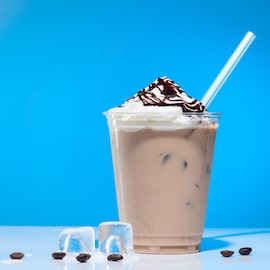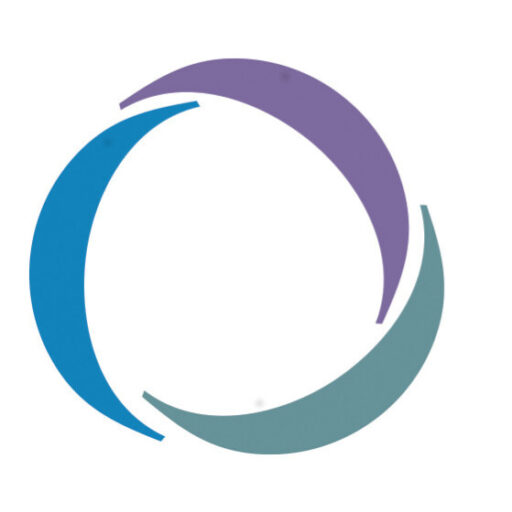Are Liquid Calories Sabotaging Your Diet?
Every health-conscious individual, whether they are overweight or simply struggling to maintain an ideal weight, is monitoring caloric intake in one form or another. It might be in the form of counting calories, measuring portions, tracking carbohydrates, grams of protein, or a dozen other equations used to maintain control over calorie intake. Healthy people want to know exactly what they are putting into their bodies.

Every health-conscious individual, whether they are overweight or simply struggling to maintain an ideal weight, is monitoring caloric intake in one form or another. It might be in the form of counting calories, measuring portions, tracking carbohydrates, grams of protein, or a dozen other equations used to maintain control over calorie intake. Healthy people want to know exactly what they are putting into their bodies.
There is one area of unexpectedly high calorie intake that is more easily overlooked because it is more casual than the basic three-meal-a-day scenario more commonly followed. Maintaining a healthy fluid balance in the body is essential to good overall health and often leads to many random beverages throughout the day. As long as the beverage of choice is zero-calorie water, that’s not a problem. Unfortunately, with the ubiquitous variety of beverages available, temptation and thirst can be satisfied with a surprisingly high number of calories being added to an otherwise clean diet plan.
Here are some of the most common sources of overlooked liquid calories that can sabotage the best diet plan:
- Enhanced waters sold as vitamin-enriched or electrolyte-balanced healthy beverages may be less healthy than you think. Unless you check the label and see that the water you are drinking has zero calories, don’t be surprised to discover you may be consuming 80, 120, or even more calories when all you want to do is quench your thirst.
- That glass of wine with dinner may be a calorie culprit. Despite all the hype about how healthy a glass a red wine may be for your overall health, don’t overlook the caloric impact on your day. A safe rule is to assume it has at least 25 calories per ounce, although higher alcohol content in some red wines can add significantly to that number. Don’t be fooled by wine coolers. They pack a calorie punch as well. You don’t necessarily have to skip your favorite wine, just know what you’re dealing with when you indulge, and pay close attention to how many refills you request.
- If the caloric content of a glass of wine makes you nervous, just wait until you see the damages on your favorite cocktail. While a glass of wine might contain 120 to 200 calories, a fancy umbrella drink can set you back three or four times that amount. In addition to the calories in that one drink, alcohol often lowers your resistance to temptation, which can lead to more fancy drinks and the uncontrolled snacking that often accompanies drinking.
- Caffeinated beverages are no longer simple low-calorie options. While black coffee has zero calories, many of the widely available fancy specialty coffees are loaded with calories, sugar, and a host of other diet-busting additives. Black coffee and plain tea, while by no means the fanciest drinks, are definitely the healthiest.
- That healthy fruit juice you enjoy as part of your breakfast is not as innocent as it seems. Whole fruit is an important part of a healthy diet. However, fruit juice, although packed with nutrients, also has a higher-than-desirable amount of calories. For the same reason, your sports drink or smoothie probably is as unhealthy as a full-calorie soda.
You have to balance the risk versus benefit when deciding what to consume. You will achieve healthier results with a glass of water and a piece of whole fruit than you would with a bottle of sports drink or a fruit smoothie. Basic foods and beverages, while essential to survival, have been enhanced to tempt and appeal to the taste buds of consumers willing to pay for what they are led to believe is an enjoyable dining or drinking “experience.” Tracking those liquid calories has become just as critical to healthy weight maintenance as tracking the calories in food. Left unmonitored, a day of uncontrolled liquid consumption can equal or even exceed the calorie intake from food.


